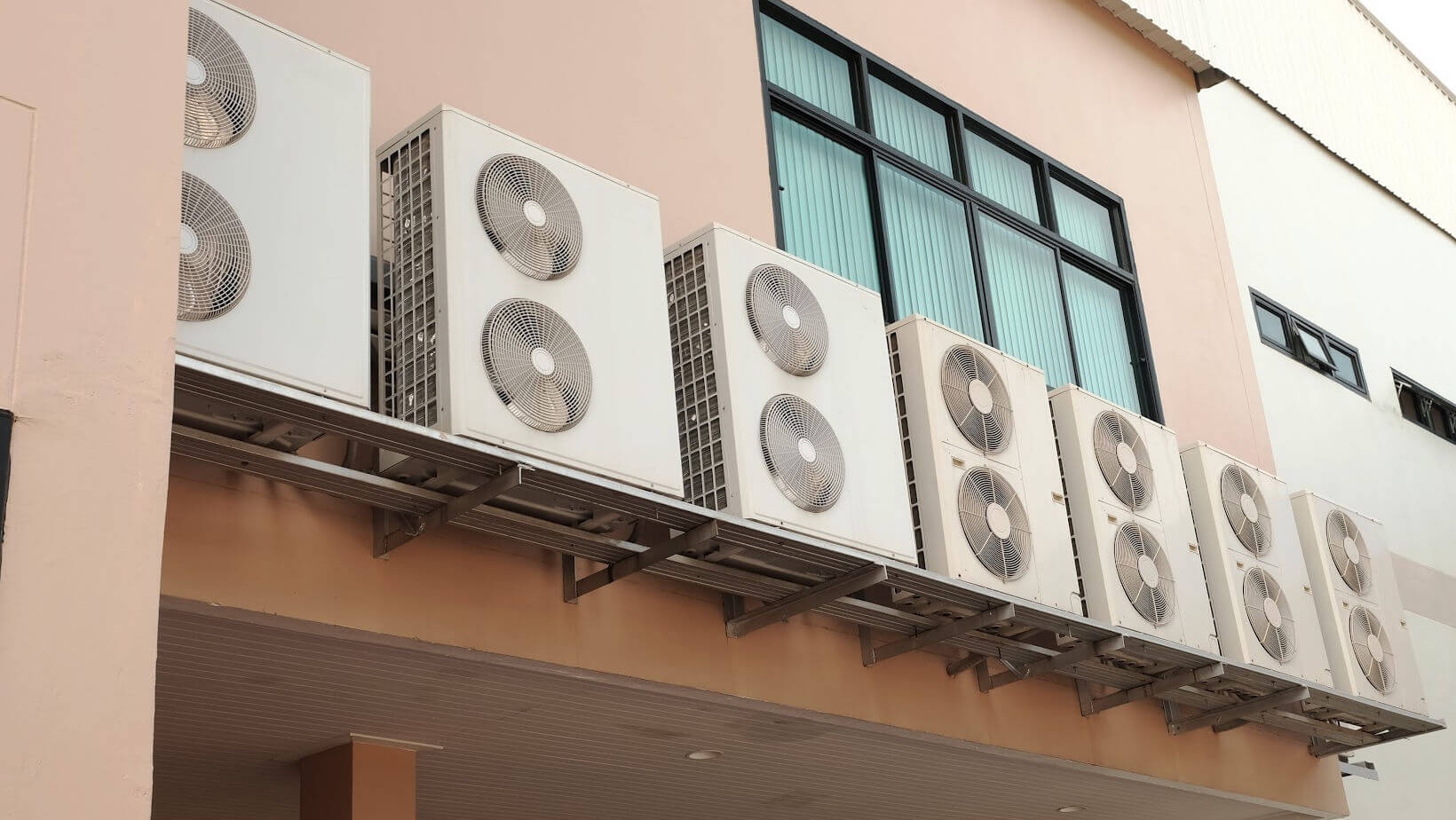

HVAC

Average Cost: $3,000 - $8,500
Here’s an in-depth review of Trane furnaces, including their series, top models, cost ranges, customer feedback, and how they compare to other leading brands.
Our Verdict: Trane furnaces are an excellent choice for homeowners who want long-term durability, quiet performance, and strong efficiency ratings. However, they may not be the best fit for those seeking basic entry-level options or lower upfront costs.
Trane has been a trusted name in HVAC for more than a century, earning a reputation for durability, innovation, and high-efficiency heating solutions. The company offers a range of furnaces designed for different budgets and climates, from single-stage models to advanced variable-speed systems with smart technology. Top models deliver up to 97.3% AFUE, provide quiet, reliable comfort, and integrate seamlessly with Trane’s smart thermostats and home automation systems. Trane products are sold nationwide through a dealer network.
| Best for | Top Model | Cost Installed | Standout Feature | Warranty |
|---|---|---|---|---|
| Long-Term Durability | XC95m | $3,000 to $8,500+ | Variable-speed blower with ComfortLink™ II communicating technology | 10-year parts; lifetime heat exchanger (with registration) |
Warranty terms vary by model and require registration.
Trane is best known for its rugged build quality and long-lasting components, making it a top choice for homeowners who want reliability above all else. High-efficiency models reduce fuel use and utility bills, while advanced features like ComfortLink™ II technology integrate with smart home systems for precise comfort. With a strong warranty and proven reputation, Trane furnaces are a premium investment in both performance and peace of mind.
Pros
Cons
Homeowners consistently praise Trane for durability and long service life, with many units lasting 20 years or more. Positive reviews highlight quiet operation and strong heating performance, especially on premium models. On the downside, some reviews note higher upfront costs and expensive repairs when advanced parts fail. Overall, satisfaction is high for homeowners who invest in professional installation and regular maintenance.
New furnace works great. It is the back up for the heat pump but we are having a cold winter so the propane is being used quite often. The furnace is quiet and reliable. – Trane review
Furnace was installed in August and here we are on December 1st and it is finally cold with a high of 25 degrees today. The true test is how this furnace operates 3 years from now, but presently it hums along quietly and pushes out a lot of heat. I think it is more efficient and thus, my heating bill should be less expensive since I’m not needing to set the thermostat higher than 69. Thank you. – Trane review
Typical Installed Pricing
What Drives Price: Furnace size (BTUs), efficiency rating, staging, blower technology, installation complexity, local labor rates, and add-ons like smart thermostats or IAQ upgrades.
| Home Size | Approximate Furnace Size | Typical Installed Cost |
|---|---|---|
| 600 to 1,000 sq. ft | 40,000 BTU | $2,000 to $2,400 |
| 800 to 1,200 sq. ft | 50,000 BTU | $2,400 to $2,800 |
| 1,000 to 1,400 sq. ft | 60,000 BTU | $2,800 to $3,300 |
| 1,200 to 1,600 sq. ft | 70,000 BTU | $3,000 to $3,500 |
| 1,400 to 1,800 sq. ft | 80,000 BTU | $3,300 to $3,700 |
| 1,800 to 2,400 sq. ft | 100,000 BTU | $3,800 to $4,200 |
| 2,400 to 3,000 sq. ft | 120,000 BTU | $4,300 to $4,700 |
When comparing Trane to other top furnace brands like Carrier, Lennox, and Goodman, the focus often comes down to durability, efficiency, and pricing. Trane excels in rugged build quality and is well-suited for cold climates. Carrier emphasizes quiet performance and smart controls, while Lennox pushes the limits on efficiency at a higher price. Goodman, meanwhile, offers budget-friendly models but with fewer premium features.
| Brand | Cost Range | Pros | Cons |
|---|---|---|---|
| Trane | $3,500 to $7,500 | Highly durable; quiet operation; strong efficiency; good warranties | Higher upfront cost; costly repairs |
| Carrier | $3,000 to $8,000 | Broad lineup; up to 98.5% AFUE; advanced controls | Premium pricing; dealer-dependent service |
| Lennox | $3,500 to $9,500 | Top AFUE up to 99%; sleek designs; innovative tech | Expensive; specialized service needs |
| Goodman | $2,100 to $6,300 | Affordable; widely available; decent efficiency | Fewer advanced features; shorter lifespan vs. premium brands |
Most Trane furnaces include a 10-year parts warranty with registration and a lifetime heat exchanger warranty for original owners. Terms vary by model.
Yes, for homeowners who prioritize durability, efficiency, and long-term savings. Their rugged build quality helps ensure reliable performance for decades.
Mild climates may be fine with an 80% AFUE single-stage model like the XR80, while colder zones benefit from a high-efficiency variable-speed unit like the XC95m.
Trane is an ideal choice for homeowners who want long-lasting performance, high efficiency, and advanced technology in their furnace. While upfront costs are higher than budget brands, the investment pays off in reliability and energy savings over time. If you value durability and comfort — especially in colder climates — a Trane furnace is a strong option.
Read real homeowner reviews, explore qualifications, and view promotions. Modernize makes it easy to browse professionals and find one that will be perfect for your project.